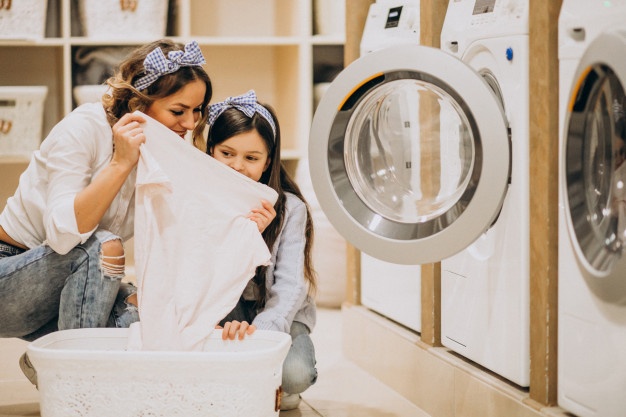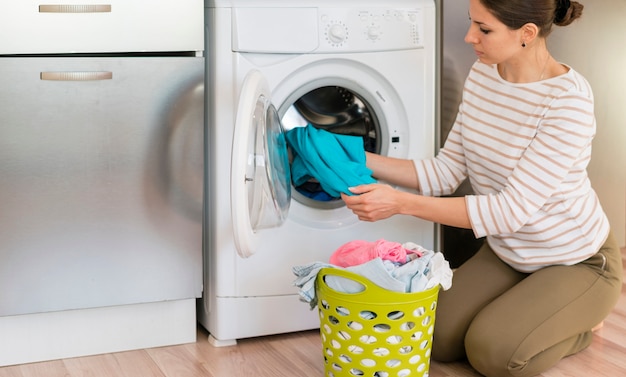How to Choose the Best Washing Machine: Tips for Buyers



At first, glance, buying a Samsung washing machine seems like a simple task. The assortment of household appliances stores is so extensive that it is extremely difficult to quickly navigate this variety. The buyer will have to consider several parameters to understand which model is ideal for him. In this article, we will figure out how to choose a good washing machine.
Types of washing machines for home use
The question of which washing machine is better cannot be answered unequivocally – it all depends on the specific wishes of the buyer. Only one thing is obvious – you cannot choose equipment for home use without knowing anything about it. Therefore, first, it is worth finding out what types of washing machines are.
By the type of working capacity, they are divided into two groups:
Activator machines
The unit of this type consists of a laundry tank, an electric motor, a timer, and an activator. The latter is the most important part of the machine because it is the activator that is responsible for the washing process. Outwardly, it looks like a disc with ribs on the wall of the linen tank – when the machine is turned on, it starts to rotate with water and linen. The wash time is set manually since almost no activator model has electronic control. On the one hand, such a design reduces the risk of breakdowns and the cost of repairs, if necessary, but in terms of ease of operation, this is a serious disadvantage. There is one more argument not in favor of an activator washing machine – such a unit is quite difficult to use. Of course, the activating machine makes the washing process easier, but rinsing and spinning will have to be done manually. The main advantage of this type of machine is its low price.
Drum machines. They, in turn, depending on the degree of automation, can be semi-automatic or automatic.
A semiautomatic device is also a budget type of washing machine. The use of a semiautomatic device, again, requires additional efforts: in the process, you will have to pour water into the tank, since a connection to the water supply system in semiautomatic devices is not provided.



Most of these machines are equipped with two tanks at once – for spinning and washing, and you need to shift the laundry manually. One-tank models, in which both washing and spinning take place in one tank, are extremely rare among semi-automatic machines. All models of these machines are mechanically controlled. The drain is carried out through a special hose automatically, but not directly into the sewage system. By the way, in the simplest semi-automatic machines, there is no water heating system.
The automatic machine
The most modern and popular category of washing machines among consumers. The washing process is fully automated here, the user only needs to load the laundry and select the mode. Depending on the model, these machines have from 10 to 25 programs, as well as various additional functions.
So, modern units are able not only to wash but also to steam and even iron the laundry. The drum capacities of the models differ, in some household machines it is possible to wash up to 14 kg of laundry in one cycle. All machines are equipped with child and water protection systems. Today, manufacturers offer customers hundreds of models – from budget models with several basic modes to semi-professional ones that can remove difficult stains and wash duvets.
Washing machines are also divided according to the type of load. By the way, the type of load does not affect the number of options or the washing efficiency:
Horizontal, or frontal, models
The laundry is loaded into them through the loading door on the front wall of the machine. Such models are convenient in that they can be placed under the tabletop, but they need additional space to open the hatch. Also, you cannot add laundry to such a machine after starting the wash. Front-loading can only be found on automatic machines.
Vertical models
In units of this type, the laundry is loaded/unloaded from above: first, the lid is opened, and then the drum. Accordingly, they cannot be built under countertops. Top-loading machines are suitable for those who want to save space. More expensive models of vertical machines have the function of smooth opening of the hatch and stopping the drum.



